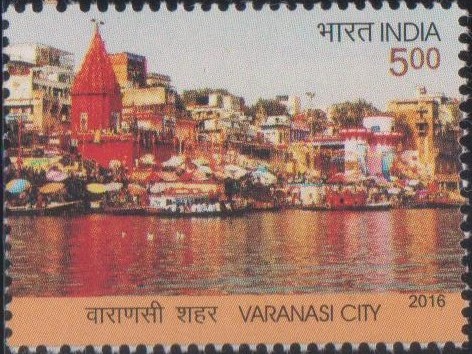
Varanasi City
A commemorative postage stamp on the City of Benaras (Kashi), an ancient holy city on the banks of river Ganga in Uttar Pradesh, greatest of the seven sacred cities (Sapta Puri) in Hinduism :
 Issued by India
Issued by India
Issued on Oct 24, 2016
Issued for : Department of Posts is pleased to release a Commemorative stamp on Varanasi City.
Credits :
Stamp / FDC / Cancellation Cachet : Smt. Alka Sharma
Type : Stamp, Mint Condition
Colour : Multi Colour
Denomination : 500 Paise
Stamps Printed : 301590
Printing Process : Wet Offset
Printer : Security Printing Press, Hyderabad
About :
- Banaras as most commonly called was officially renamed in 1956 as Varanasi, a name given to the city by adding the names of two holy rivers “Varana” and “Asi” which meet the river Ganges within 6 miles. It was first known as Kashi, which means “where the supreme light shines”, when it was the capital of the kingdom of the same name in about 500 BC. This great north Indian center of Shiva worship has seen the progress of human civilization since very ancient time and is the most visited pilgrimage destination in all of India. Because of this the city is considered as the cultural and religious capital of India.
- The city is considered as one of the seven Holy Cities, one of the twelve Jyotir Linga sites and also a Shakti Pitha site, and therefore is the most favored place for Hindus. Built on the banks of sacred Ganga and celebrated as a seat of all enlightenment, wisdom and learning it is said to combine the virtues of all other places of pilgrimage and anyone who ends their earthly cycle here is said to attain Moksha or Liberation and is transported straight to heaven. The city has been a favored hermitage site for many of India’s most venerated sages – Gautama Buddha and Mahavira, Kabir and Tulsi Das, Shankaracharaya, Ramanuja and Patanjali all meditated here. The city encompasses Sarnath, where Buddha preached his first sermon in about 530 BC.
- Holiest of cities to Hindus and earthly abode of Lord Shiva, Banaras is considered as a beacon for pilgrims who came to bathe in the sacred Ganga River. Almost the entire city’s 5 km of river banks have been converted into Ghats. The Ghats in Varanasi are world-renowned embankments made in steps of stone slabs along the river bank where pilgrims perform ritual ablutions. The Ghats are an integral complement to the Hindu concept of divinity represented in physical, metaphysical and supernatural elements. The city on the whole has around 100 bathing and burning Ghats, of which Manikarnika ghat is the most sacred. This is the main burning ghat and one of the most auspicious places. Many ghats are associated with Hindu legends and several are now privately owned. Varanasi is known for having around 23000 temples and the most popular ones are the Kashi Vishwanath Temple of Shiva (also known as Golden Temple); one of the 12 Jyotirlinga Shiva temples, the Sankat Mochan Hanuman Temple; the most sacred temples of the Hindu God Hanuman and the 18th Century Durga Kund Temple, known for monkeys that reside in the large trees nearby.
- The City serves as a major commercial centre in the eastern Uttar Pradesh state and western Bihar state. Silk Weaving is the dominant industry in Varanasi. The City is known throughout India for its production of very fine silk and Banarasi saris, brocades with gold and silver thread work, which are often used for weddings and special occasions. Other major commodities manufactured and traded in Varanasi include hand-knotted Mirzapur carpets, rugs, dhurries, brassware, copperware, wooden and clay toys, handicrafts, gold jewellery, and musical instruments.
- Varanasi is also notable centre of education. Banaras Hindu University (BHU) is one of the oldest and largest educational institutions and is one of India’s most prominent seats of learning. Founded in 1916 by the great nationalist and educator Pandit Madan Mohan Maliviya, BHU has a 1,300 acre campus on the outskirts of the city. Today one of the largest residential universities in India, it has schools of both the ancient Indian Ayurveda practice, colleges of engineering, agriculture, commerce, technology, music and fine arts, theology and oriental studies.
- Today, a crowded, bustling and noisy city, Varanasi was in antiquity an area of gently rolling hills, lush forests, and natural springs bordered by the magical waters of the river Ganges. Initially first-time visitors to the city may find themselves overwhelmed by the sensory stimulation provided by the place, yet just beneath the surface is a presence of peacefulness and spiritual wisdom.
- Varanasi has not only maintained the religious and cultural importance attached to the city but also has added a flavor of historical importance to attract the tourists from all over the world.
- Text : Based on the material available on internet.


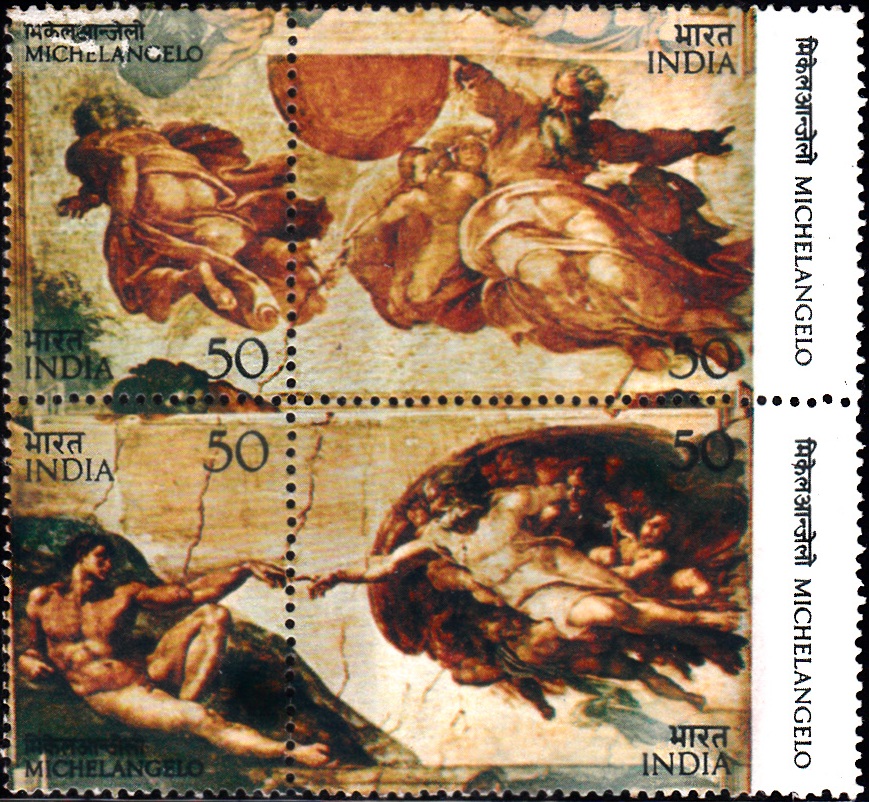
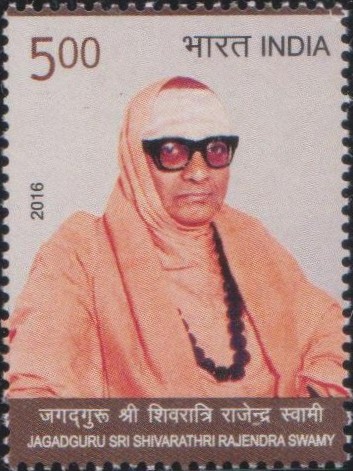
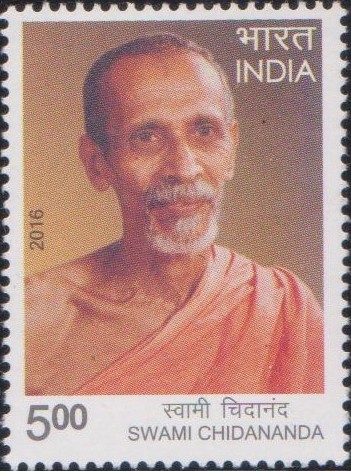
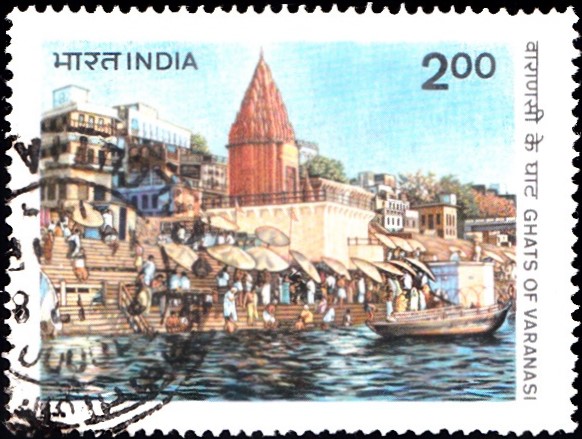

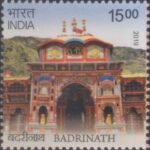
[…] pilgrimage to Kashi proved to be a turning point in the life of Swami Ramanand. It was during this voyage that his […]
[…] out for Calcutta to present his case personally to the Governor-General, stopping at Lucknow and Benares on the way. Nothing came of the representation but the journey enriched the poet in many ways. The […]
[…] Uttarakhand. Having finished his early education in Almora, he went to Queen’s College in Kashi (Varanasi) and then attended Prayag University where he spent some time and published his collections of […]
[…] historian Surya Bikram Gyawali was born in Banaras in the year 1898 A.D. He acquired his primary and higher education in India. Gyawali engaged in his […]
[…] Gupta was born in Varanasi on 28th June 1883. He graduated from Allahabad University where thinkers and national leaders like […]
[…] received his early schooling in Bhavra. It is known that when he was about 14 years old he reached Varanasi where he entered a Sanskrit school. The young Chandra Shekhar was fascinated by the […]
[…] states on Chaitra Shukla Ramnavmi in Samvat 1653 Vikram (1596 AD). He had his early education in Varanasi. He spent many years in “Yoga–sadhana” and self-study. He travelled to many parts […]
[…] helped to set up Jamia Milia Islamia at Delhi and Kashi Vidyapeeth at Varanasi. After the death of Hakim Ajmal Khan, the first Chancellor (1900-1927) of Jamia Milia, Dr. […]
[…] Not merely in her State but indeed in other parts of India she is credited with promoting cultural activities including repair and additions to a number of famous temples such as Kashi Vishwanath Mandir at Varanasi, Gauri Somnath Mandir at Chola and the construction of the famous Dashashwamedh Ghat at Banaras. […]
[…] was born on 3rd of August 1890 at Varanasi in the illustrious Sah family reputed for its affluence, philanthropy and learning. His father Dr. […]
[…] ‘Vidya Varidhi‘ and ‘Vidya Visharad‘ from Rishikesh, Haridwar and Varanasi, Mahant Ji Maharaj was a great learner of Vedant Philosophy & Yoga Philosophy. Apart from being […]
[…] unity of the country and in its Golden Jubilee year has organised a unique march, ‘YATRA’ from Varanasi to Meghar. IPTA has attracted talented actors, dramatists and musicians, and continues to be an […]
[…] who was the official Shehnai player at the famous Kashi Vishwanath temple at Varanasi. This tutelage not only triggered off his deep interest and study of the Khayal tradition of […]
[…] Varanasi, also called Banaras and Kashi, in Uttar Pradesh has been a cultural and religious centre for centuries, its lifeline being the sacred river Ganga. Its fame, apart from its temples, musicians etc. rests on the brocades and the versatile Varanasi draw loom. There are different views on the introduction of the draw loom into India. It is a complex hand loom for weaving figured textiles of great complexity and width. Designs or “naqshas” form the basis of the pattern woven. In brocade – weaving, extra weft threads of different coloured silk or zari, metallic threads, are woven into the base fabric in areas where they are to form a pattern. The brocades vary in the use of fabric, the type of metallic thread used and the silk or cotton yarn used. Today most commonly mulberry silk from Karnataka and from Bengal is used, as also imports from China. […]
[…] Hindi editor and journalist, was born on 16th November, 1883 in a well known scholarly family of Varanasi. His father Pandit Vishnu Shashtri Paradkar was also an eminent Sanskrit Scholar. Baburao lost his […]
[…] which he had to go to Bombay. Instead of going to Bombay, he detrained at Surat and proceeded to Banaras, where he studied Sanskrit and became proficient in all Hindu scriptural books. He was a […]
[…] Puran Chandra Gupta (1912-1986), founder editor of the Dainik Jagran media group, was one of the pioneers of Hindi journalism. He was born at Kalpi in Uttar Pradesh and was educated at Kalpi-Kanpur and Varanasi. […]
[…] was from the Royal family of Varanasi and directly related to Maharaja Balwant Singh, the King of Varanasi. After completing his post-graduation and LLB, he joined Socialist Party and held many party […]
[…] Lord Krishna was a renowned wrestler of his times. In the Ramayana there is mention of King Bali of Vanaras, having won against the mighty Ravana, the King of Lanka in the “Mall Yuddha” wrestling […]
[…] all over India propagating his teachings among the people and finally settled down in Varanasi. Vallabhacharya took Samadhi in […]
[…] in life. When he was about fifteen, Muthuswami accompanied a saint called Chidambaranatha to Varanasi where he spent five years. This was an event of far-reaching importance in his life. It gave him […]
[…] precedence over all other units of the Indian Army. It was raised in 1773 by Warren Hastings in Banaras, the role of the new regiment being both operational and ceremonial. In fact, for the next eighty […]
[…] Kumaraguruparar Swamigal undertook pilgrimages to several all important pilgrim centres including Varanasi. Overwhelmed by the ever growing and radiating spiritual and cultural influence and impact […]
[…] First Day Cover carries an illustration of the Kashi Vishwanath temple at Varanasi, noted for its antiquity and architectural […]
[…] Shankar was sent to school at Varanasi and then to the J.J. School of Arts, Bombay. In 1920, he went to England and was admitted to the […]
[…] on the Indian Railways and important mail and express trains. The Diesel Locomotive Works at Varanasi has a capacity to manufacture 120 such locomotives per […]
[…] Vedanta, Ayurveda, etc. Soon he came to occupy a place of eminence among the scholars of Varanasi. From Varanasi, Swami Virjanand went to Gaya where he stayed for about four years. At Gaya, he […]
[…] patrimony but his efforts ended in failure. However, there were compensations. He visited Lucknow, Varanasi and other places during the course of his journey and got acquainted with literary trends at these […]
[…] Bhagavan Das was born at Varanasi on 12th January 1869. After a brilliant career as a student, he joined government service as a […]
[…] initiated into ‘Sanyas’. He was youngest in the family. His school education began at Varanasi and ended at Lahore after passing the examination for pleadership. He was married to Shrimati Shiva […]
[…] with intricate etching to electroplated brass and copper items and items made of white metal. Varanasi, also in Uttar Pradesh, is known for cast sculptures of deities and household utensils made of […]
[…] the district of Murshidabad. In the middle of the 16th century, a group of experienced weavers from Varanasi migrated to Bengal and settled in Baluchar. They were famous for their weaving skill. They made […]
[…] (the region of the modern state of Uttar Pradesh around Ayodhya, west of Varanasi) has historically been among the most important regions in India, politically, religiously and […]
[…] middle and high school education at Ghazipur. He did his Intermediate from Queen’s College, Varanasi and Graduation from Banaras Hindu University with English, Philosophy and Mathematics as his […]
[…] Shankar, the sitar maestro, was born in Varanasi on 7th April, 1920. He spent his youth touring India and Europe with the dance group of his […]
[…] in the village school, he graduated as a ‘Shastri‘ from Queen’s College, Varanasi. While studying, he took a vow of celibacy and resolved to dedicate his life to propagate the […]
[…] Benaras Hindu University (BHU), founded by Malaviya at Varanasi in 1916 stands testimony to his keen interest in the education of the mind and the spirit. […]
[…] Math established in 1757 by the first Guru Swami Parijnanashram who came from Kashi with an idol of Lord Bhavanishankar – the Presiding Deity of the Math, is located in Shirali […]
[…] prowess mesmerized the audience. He was bestowed the title Kalaguru by Sarvepalli Radhakrishnan at Varanasi following a recital of the Tandava dance. His poems are valued as revolutionary contributions that […]
[…] glittering gold and silver royal textiles. Ritu Kumar’s initiative to honour weavers from Banaras is supported by the Ministry of Textiles to revive the handloom weaving in the […]
[…] basis of a transparency provided by India Tourism Development Corporation (ITDC) shows the Ghats of Varanasi, the famous tourist spot of the country. The first day cover designed by ITDC shows the logo of the […]
[…] Ravidas was born of humble parentage at Seer Govardhanapura in Kashi now known as Varanasi, around the 15th century. His parents Shri Santokh Das and Smt. Kalsi Devi were so struck by the […]
[…] home at Bagh Bazar. The political turmoil of the day could not but affect her. She attended the Banaras session of the Congress in 1935. Her writings and speeches attracted wide notice. She even became […]
[…] in the freedom struggle. He was soon imprisoned. On release he entered the Kashi Vidyapeeth at Varanasi and came under the influence of the savant, Dr. Bhagwan Das. He took the Shastri degree from the […]
[…] Culture, Tourism, Environment, Commerce to further expand cooperation among the SCO Member States. Varanasi (Kashi) was also celebrated as the first-ever Cultural and Tourist capital of the Shanghai […]
[…] Rai (pen-name ‘Prem Chand‘) was born on 31 July 1880 in Lamahi, a village near Varanasi in Uttar […]